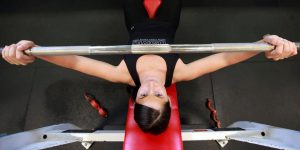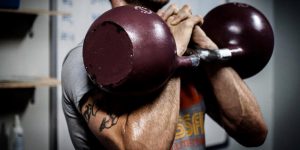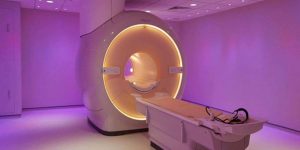02.08.2017
Mr Ramon Tahmassebi- Consultant Orthopedic Surgeon says “Work hard, Play hard, But don’t pay the price”

I guess we’ve all been there? Fingers that ache after a long day of typing, sore forearms & tender spots near the elbow. How about that nagging pain from the muscle behind the shoulder that makes your eyes water when it’s squeezed, but feels good as the tension gets released? If this all sounds all too familiar, don’t despair – as you’re not alone! As the years role on, and we become even more engrossed at work with our careers, we’ve come to accept the inevitable by-products of our desk-bound professional lives. But when do aches and pains turn into pathological problems? Is there a threshold beyond which ongoing pain actually becomes a medical issue?
Mr Ramon Tahmassabi kindly provides his view on the current state of affairs:

“For many years, the chronic symptoms that we experienced in the workplace were written off and employees were asked to ‘toughen up’ in the workplace, but in more recent times, awareness and symptom recognition have increased, and workforces now have a better understanding of how repetitive movements can lead to chronic joint pain. Historically referred to as repetitive strain injuries or RSIs, they’re now more universally referred to as Work Related Upper Limb Disorders (WRULDs) by the governments Health and Safety executive within the 2013 brief – “Managing upper limb disorders in the workplace”.
WRULDs are described as aches, pains or tension arising from joints, soft tissues, nerves or blood vessels anywhere from the fingertip to the neck. These pains are either caused by, or affected by work. The root causes of pain may be related to degeneration of ligaments, inflamed tendons, compressed nerves, or simple overuse of tired muscles. They also acknowledge the reports of several studies that have identified links between mental health and work related pain. So it’s no surprise that the more stressed we get, the more our hands, wrists, elbows and shoulders ache.

Modern culture has led us to work harder than ever – 10 or 12 hour days are no longer unusual and much of that time is at a desk. Even time away from the keyboard involves use of mobile devices with seemingly non-stop messaging. However, there are other strong reasons to develop upper limb pain.
Certainly, among white collar workers, there has been a parallel cultural drift towards fitness and wellbeing that has driven us to extremes of lifestyle. Poor posture at work is suddenly exchanged for high intensity interval training, Cross Fit and Kettle Bell training. There are plenty of sports that put further strain on our necks and upper limbs, not to mention the growing appetite for weight lifting and combat sports such as boxing. Invariably, these are responsible for inflicting their fair share of sports related injuries, but do poor work ergonomics lower the threshold for sports injury?
Do the demands of athletic training help or hinder the development of work related pain? There may well be a link between the two and it’s often difficult to unpick the puzzle.

Most people are aware the ergonomics of their work station could be improved but aren’t sure how. More recently, there are a number of physiotherapists who now have a special interest in workplace optimisation, as well as treating the symptoms that the office can create. Similarly, many people aren’t aware that there are surgeons who specialize in treatment of hand, wrist and upper limb problems who can help without ever picking up a scalpel.
MRI scanning, physical therapy, ultrasound guided injections and sport specific interventions can help treat an entire spectrum of conditions, from sore hands in the office, to shoulder pain in high level athletes.

For the most part, our jobs are a constant we can’t change. We face careers of continued keyboard and screen use, but we also want longevity in terms of fitness that will extend into our 40’s 50’s and 60’s. From my perspective, the key is unpicking the tangled web of the things that generate pain and identifying the elements that I can control to affect a positive change. The aim is to get people back on an even keel and out of pain before targeting a return to sporting fitness over the longer term. Whether office worker or professional athlete, the approach remains tailored to the individual. Although it’s not always obvious or quick, there’s almost always a solution”

Mr Ramon Tahmassebi is a Consultant Orthopaedic Surgeon at LycaHealth Canary Wharf. He treats the entire spectrum of orthopaedic injury, including soft tissue sports injuries as well as fractures in both upper and lower limbs. He has a special interest in hand, wrist and upper limb surgery to include:
Mr Ramon Tahmassebi runs clinics at LycaHealth Canary Wharf on Wednesday mornings from 8am till 10.30pm and is available for ad hoc appointments upon request.
LycaHealth is accepted by all major insurance companies, and has onsite private GP’s should you not have the time to obtain a referral from your local GP.
For more information, or to book an appointment please call: 0207 132 1440 or visit our website www.lycahealth.com
Lycahealth – Committed to health!
Stay up to date
Please note that we are unable to see patients under the age of 18, except for MRI scans, which have a minimum age of 8.
To request information on any of our other services, please call or complete the enquiry form below: